Blood Test Predicts How Long Cancer Patients Will Survive
|
By LabMedica International staff writers Posted on 05 Jan 2017 |
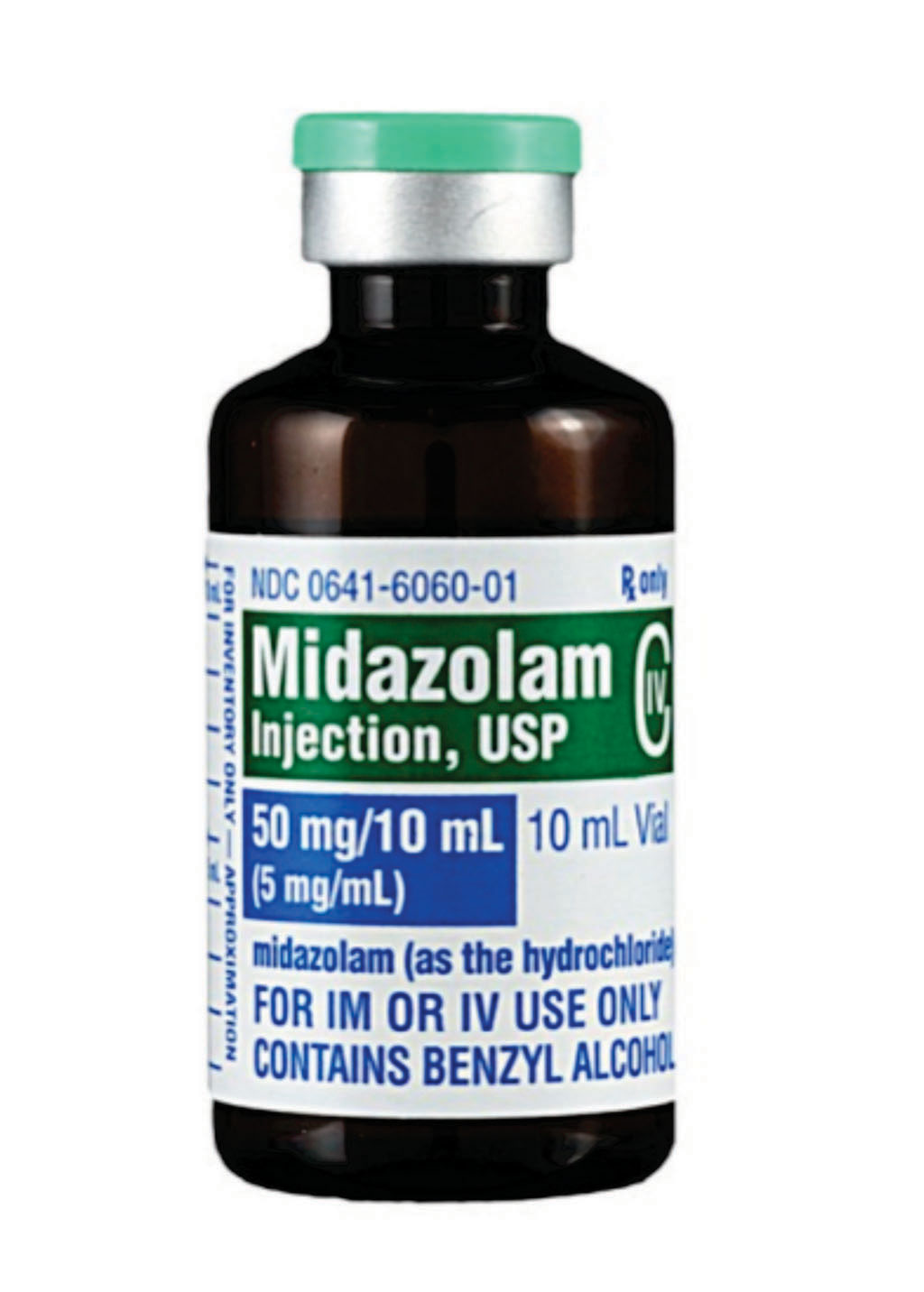
Image: Midazolam, a drug used to give symptom relief in palliative care to terminal patients (Photo courtesy of WebMD).
Survival evaluations can determine whether or not pharmacological treatment should be given. Cytotoxic chemotherapy would rarely be prescribed in a patient unlikely to survive beyond several weeks because of unpleasant side effects.
The sedative midazolam is used for symptom relief in palliative care settings, but tolerance can develop if administered for two weeks or longer. Chronic midazolam treatment could therefore be recommended only for patients likely to die within a few weeks, and be contraindicated when predicted survival was longer than a month.
Scientists from Kyoto University (Japan) tested the predictive value of the models in cancer patients receiving palliative care. It was designed as a sub-analysis of the Japan prognostic assessment tools validation (J-ProVal) study, which compared the ability of four models to predict survival of advanced cancer patients in the real world. This sub-analysis included 1,015 patients, of whom 385 were based with palliative care teams in hospital, 464 were in palliative care units, and 166 were receiving palliative care services at home.
The current Six Adaptable Prognostic (SAP) models use three laboratory measurements, albumin, neutrophil, lactate dehydrogenase, which are routinely monitored in daily clinical practice with a blood test. The models can be used at any time point after the initiation of treatment, an important feature since a patient's condition can change. The team found that the SAP models showed a good performance for predicting the death occurrence within one to three months. The prediction was accurate in 75% to 80% of cases.
Yu Uneno, MD, an oncologist and lead author of the study, said, “Patients with advanced cancer and their families have to make decisions about treatment, where to spend the end-of-life, and when to discontinue palliative chemotherapy. Continuing ineffective therapy increases life-threatening adverse events, reduces quality of life, delays hospice referral, and deprives patients of the chance to die in their preferred place. Accurately predicting prognosis improves end-of-life care for cancer patients and their caregivers.” The study was presented on December 18, 2016, at the European Society for Medical Oncology Asia 2016 congress held in Singapore.
Related Links:
Kyoto University
The sedative midazolam is used for symptom relief in palliative care settings, but tolerance can develop if administered for two weeks or longer. Chronic midazolam treatment could therefore be recommended only for patients likely to die within a few weeks, and be contraindicated when predicted survival was longer than a month.
Scientists from Kyoto University (Japan) tested the predictive value of the models in cancer patients receiving palliative care. It was designed as a sub-analysis of the Japan prognostic assessment tools validation (J-ProVal) study, which compared the ability of four models to predict survival of advanced cancer patients in the real world. This sub-analysis included 1,015 patients, of whom 385 were based with palliative care teams in hospital, 464 were in palliative care units, and 166 were receiving palliative care services at home.
The current Six Adaptable Prognostic (SAP) models use three laboratory measurements, albumin, neutrophil, lactate dehydrogenase, which are routinely monitored in daily clinical practice with a blood test. The models can be used at any time point after the initiation of treatment, an important feature since a patient's condition can change. The team found that the SAP models showed a good performance for predicting the death occurrence within one to three months. The prediction was accurate in 75% to 80% of cases.
Yu Uneno, MD, an oncologist and lead author of the study, said, “Patients with advanced cancer and their families have to make decisions about treatment, where to spend the end-of-life, and when to discontinue palliative chemotherapy. Continuing ineffective therapy increases life-threatening adverse events, reduces quality of life, delays hospice referral, and deprives patients of the chance to die in their preferred place. Accurately predicting prognosis improves end-of-life care for cancer patients and their caregivers.” The study was presented on December 18, 2016, at the European Society for Medical Oncology Asia 2016 congress held in Singapore.
Related Links:
Kyoto University
Latest Pathology News
- New Microscope Promises to Speed Up Medical Diagnostics
- ESR Testing Breakthrough Extends Blood Sample Stability from 4 to 28 Hours
- Accurate Pathological Analysis Improves Treatment Outcomes for Adult Fibrosarcoma
- Clinicopathologic Study Supports Exclusion of Cervical Serous Carcinoma from WHO Classification
- Mobile-Compatible AI-Powered System to Revolutionize Malaria Diagnosis
- Compact AI-Powered Microscope Enables Rapid Cost-Effective Cancer Scoring
- New Method Enables Precise Detection of Nanoplastics in Body
- AI-Powered Tool Improves Cancer Tissue Analysis
- AI Platform Uses 3D Visualization to Reveal Disease Biomarkers in Multiomics Data
- AI Tool Detects Early Signs of Blood Mutations Linked to Cancer and Heart Disease
- Multi-Omics AI Model Improves Preterm Birth Prediction Accuracy
- AI-Based Approach Diagnoses Colorectal Cancer from Gut Microbiota
- Topical Fluorescent Imaging Technique Detects Basal Cell Carcinoma
- AI Detects Early Prostate Cancer Missed by Pathologists
- AI Model Simultaneously Detects Multiple Genetic Colorectal Cancer Markers in Tissue Samples
- New Technology to Accelerate Diagnosis of Diabetic Kidney Disease
Channels
Clinical Chemistry
view channel
Gold Nanoparticles to Improve Accuracy of Ovarian Cancer Diagnosis
Ovarian cancer is considered one of the deadliest cancers, in part because it rarely shows clear symptoms in its early stages, and diagnosis is often complex. Current approaches make it difficult to accurately... Read more
Simultaneous Cell Isolation Technology Improves Cancer Diagnostic Accuracy
Accurate cancer diagnosis remains a challenge, as liquid biopsy techniques often fail to capture the complexity of tumor biology. Traditional systems for isolating circulating tumor cells (CTCs) vary in... Read moreMolecular Diagnostics
view channel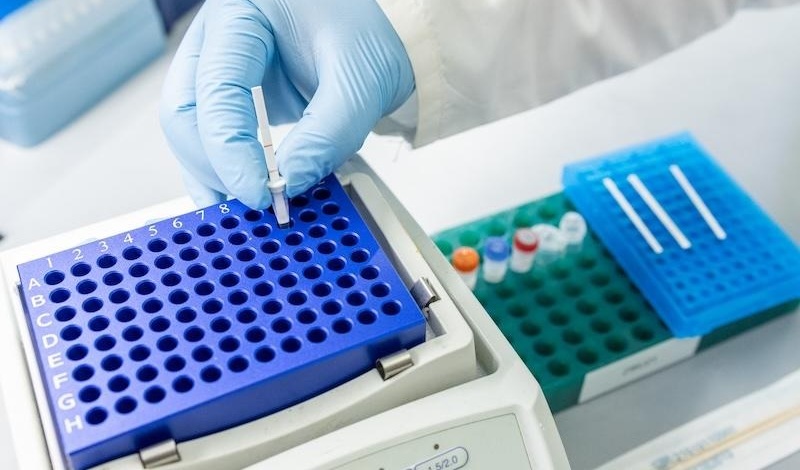
CRISPR-Based Tuberculosis Test Uses Mouth Swab to Simplify Screening
Tuberculosis remains the world’s deadliest infectious disease, with more than 10 million people falling ill annually and about 40% of cases going undiagnosed. Current testing depends on sputum samples,... Read more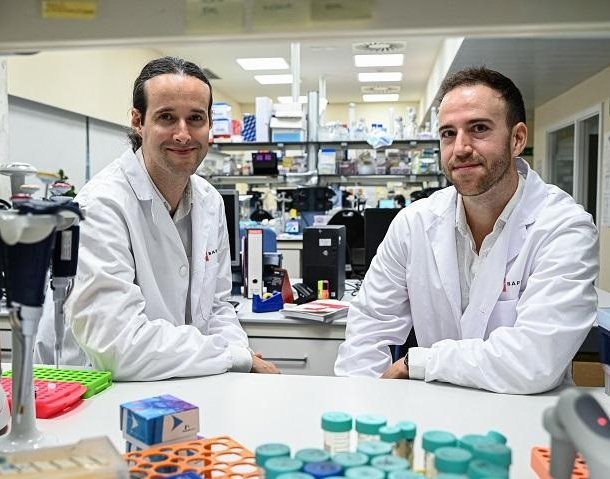
New DNA Methylation-Based Method Predicts Cancer Progression
Cancer often develops silently for years before diagnosis, making it difficult to trace its origins and predict its progression. Traditional approaches to studying cancer evolution have lacked the precision... Read moreHematology
view channel
Pioneering Model Measures Radiation Exposure in Blood for Precise Cancer Treatments
Scientists have long focused on protecting organs near tumors during radiotherapy, but blood — a vital, circulating tissue — has largely been excluded from dose calculations. Each blood cell passing through... Read more
Platelets Could Improve Early and Minimally Invasive Detection of Cancer
Platelets are widely recognized for their role in blood clotting and scab formation, but they also play a crucial role in immune defense by detecting pathogens and recruiting immune cells.... Read more
Portable and Disposable Device Obtains Platelet-Rich Plasma Without Complex Equipment
Platelet-rich plasma (PRP) plays a crucial role in regenerative medicine due to its ability to accelerate healing and repair tissue. However, obtaining PRP traditionally requires expensive centrifugation... Read moreImmunology
view channel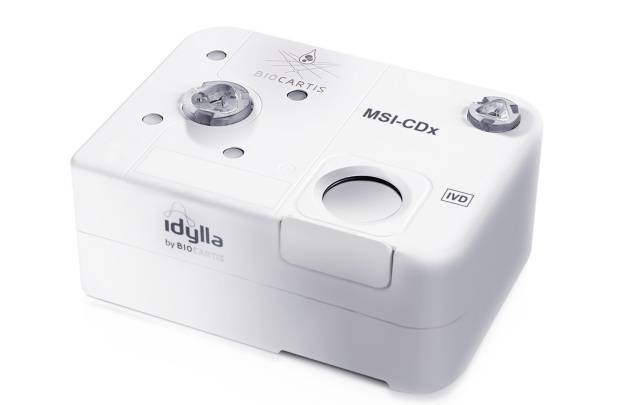
Companion Diagnostic Test for CRC Patients Identifies Eligible Treatment Population
Colorectal cancer remains one of the leading causes of cancer-related deaths worldwide, and identifying which patients will benefit most from targeted immunotherapies is critical. Existing diagnostic methods... Read more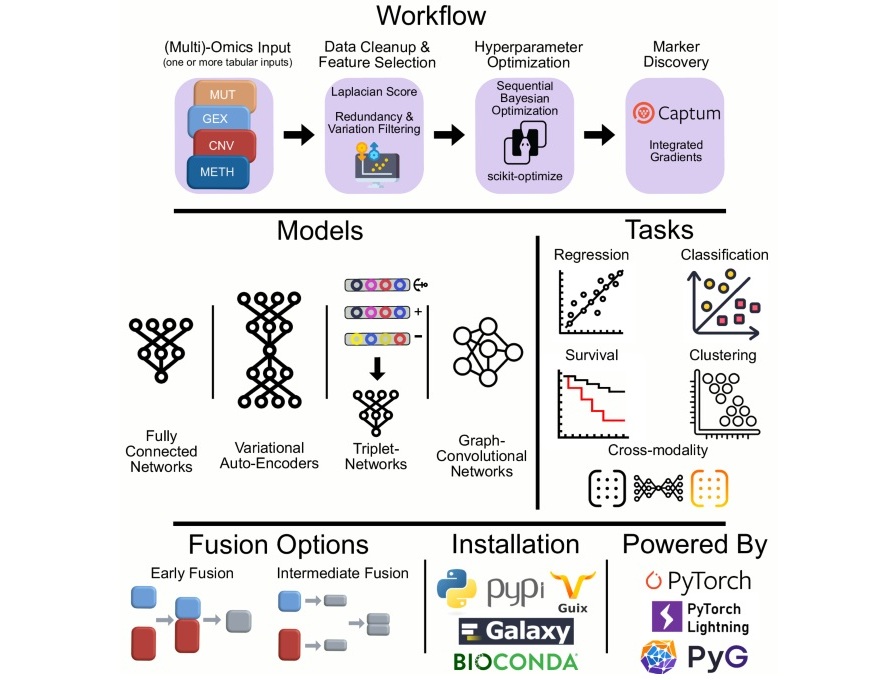
Novel Tool Uses Deep Learning for Precision Cancer Therapy
Nearly 50 new cancer therapies are approved each year, but selecting the right one for patients with highly individual tumor characteristics remains a major challenge. Physicians struggle to navigate the... Read more
Companion Diagnostic Test Identifies HER2-Ultralow Breast Cancer and Biliary Tract Cancer Patients
Breast cancer is the most common cancer in Europe, with more than 564,000 new cases and 145,000 deaths annually. Metastatic breast cancer is rising in younger populations and remains the leading cause... Read moreMicrobiology
view channel
Microfluidic Platform Assesses Neutrophil Function in Sepsis Patients
Sepsis arises from infection and immune dysregulation, with neutrophils playing a central role in its progression. However, current clinical tools are unable to both isolate these cells and assess their... Read moreNew Diagnostic Method Confirms Sepsis Infections Earlier
Sepsis remains one of the most dangerous medical emergencies, often progressing rapidly and becoming fatal without timely intervention. Each hour of delayed treatment in septic shock reduces patient survival... Read more
New Markers Could Predict Risk of Severe Chlamydia Infection
Chlamydia trachomatis is a common sexually transmitted infection that can cause pelvic inflammatory disease, infertility, and other reproductive complications when it spreads to the upper genital tract.... Read more
Portable Spectroscopy Rapidly and Noninvasively Detects Bacterial Species in Vaginal Fluid
Vaginal health depends on maintaining a balanced microbiome, particularly certain Lactobacillus species. Disruption of this balance, known as dysbiosis, can increase risks of infection, pregnancy complications,... Read moreTechnology
view channel
Coral-Inspired Capsule Samples Hidden Bacteria from Small Intestine
The gut microbiome has been linked to conditions ranging from immune disorders to mental health, yet conventional stool tests often fail to capture bacterial populations in the small intestine.... Read more
Rapid Diagnostic Technology Utilizes Breath Samples to Detect Lower Respiratory Tract Infections
Respiratory tract infections (LRTIs) are leading causes of illness and death worldwide, particularly among vulnerable populations such as the elderly, young children, and those with compromised immune systems.... Read moreIndustry
view channel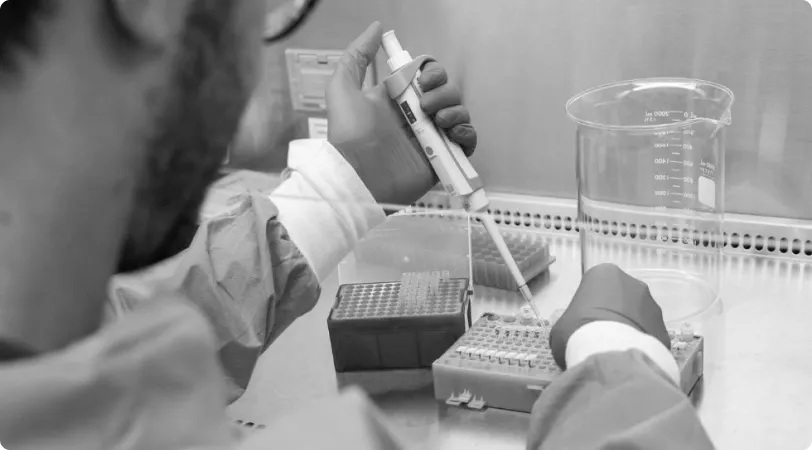
VedaBio Partners With Mammoth Biosciences to Expand CRISPR-Based Diagnostic Technologies
VedaBio (San Diego, CA, USA) has entered into a non-exclusive license agreement with Mammoth Biosciences (Brisbane, CA, USA) for the use of select CRISPR-based technologies in diagnostic applications.... Read more




















